IDENTITY THEFT
Curated by James Putman and Louisa Elderton
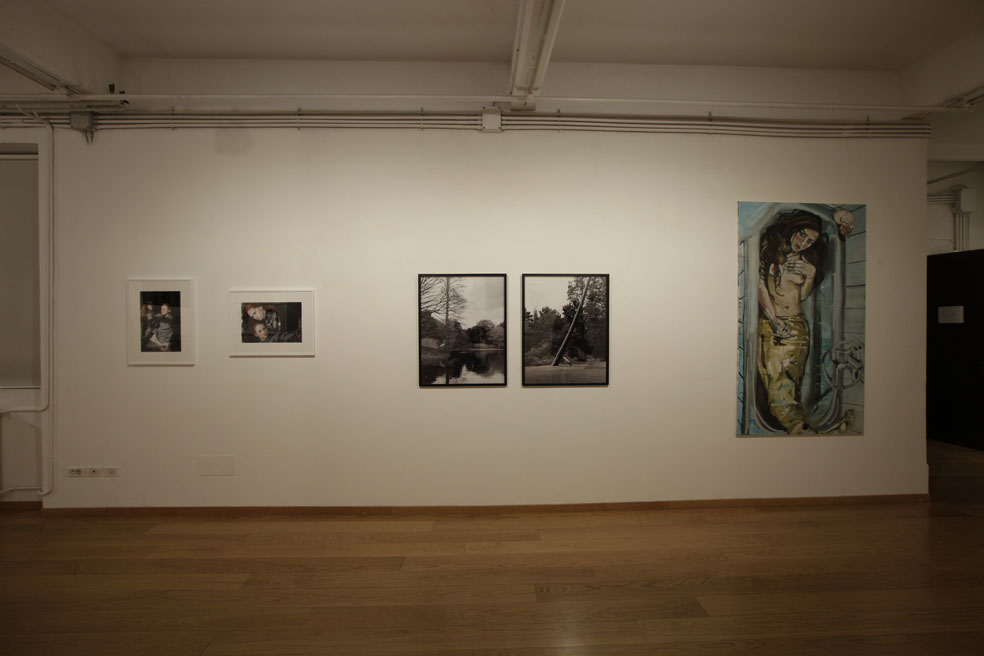
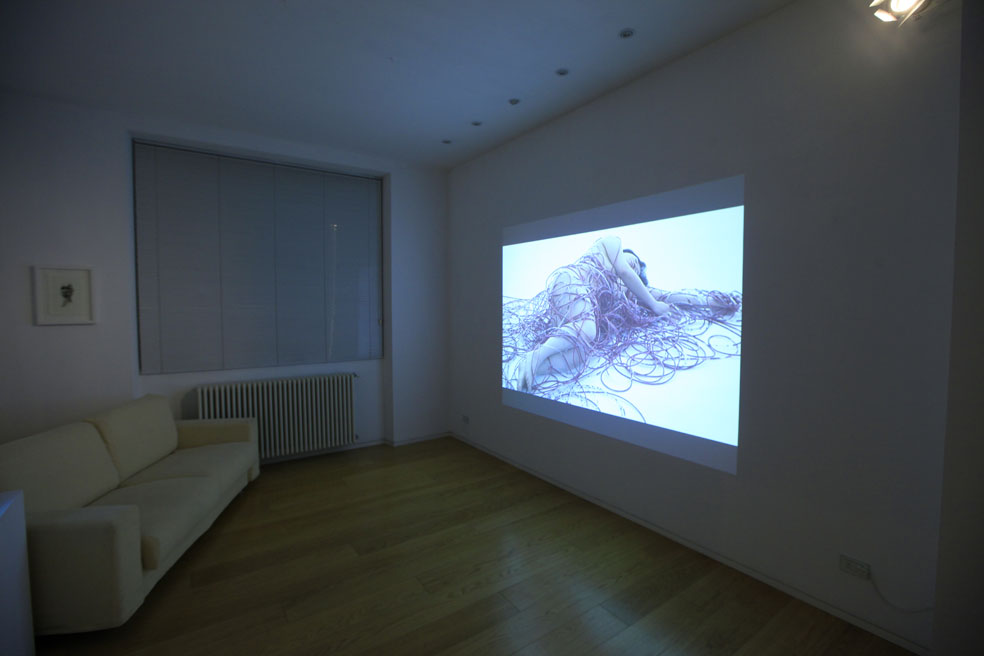
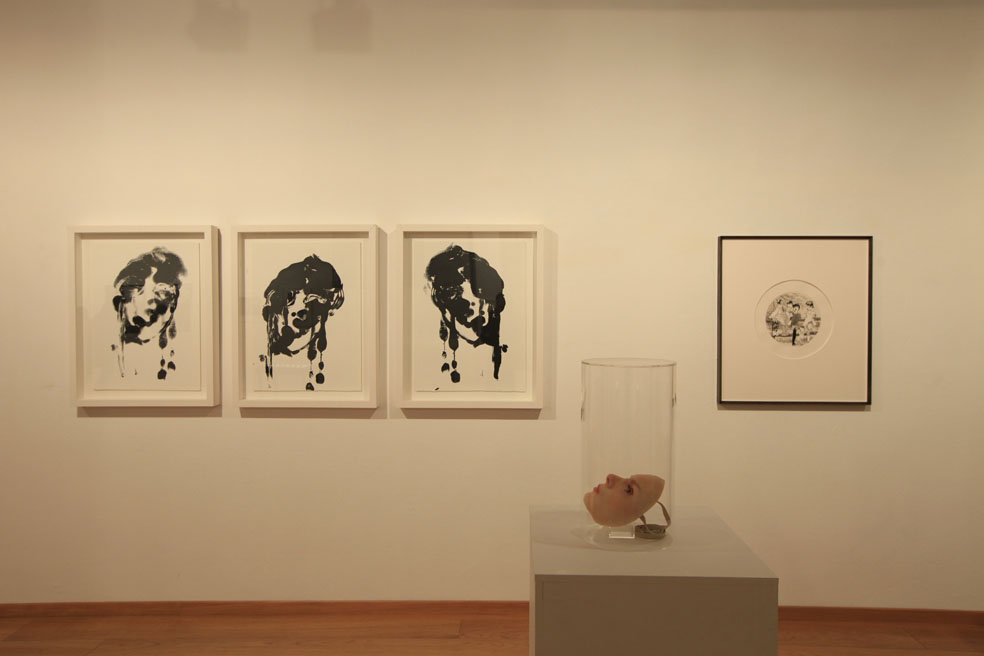

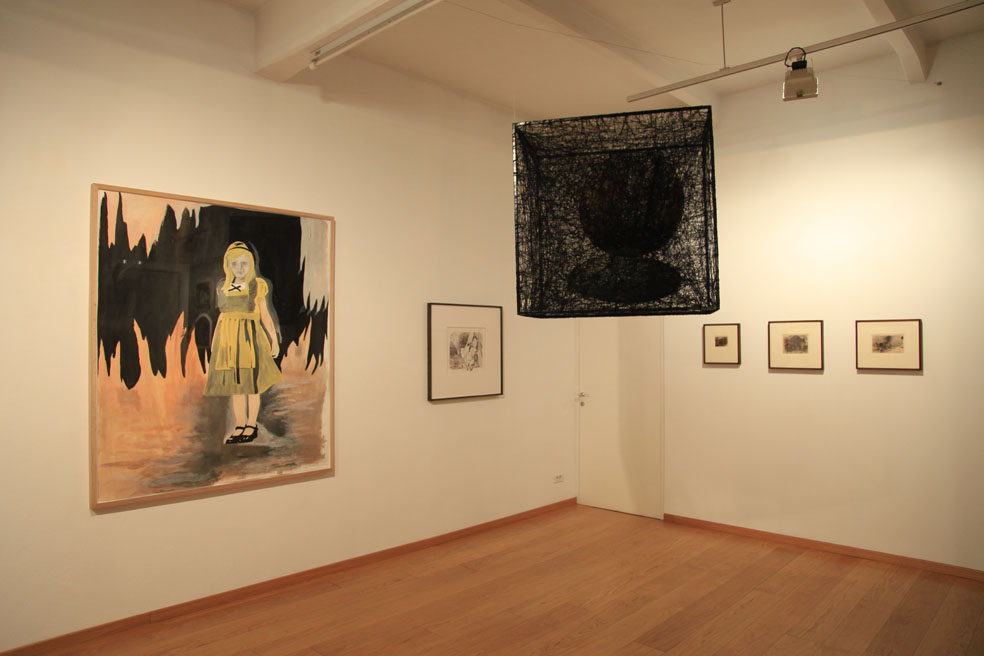
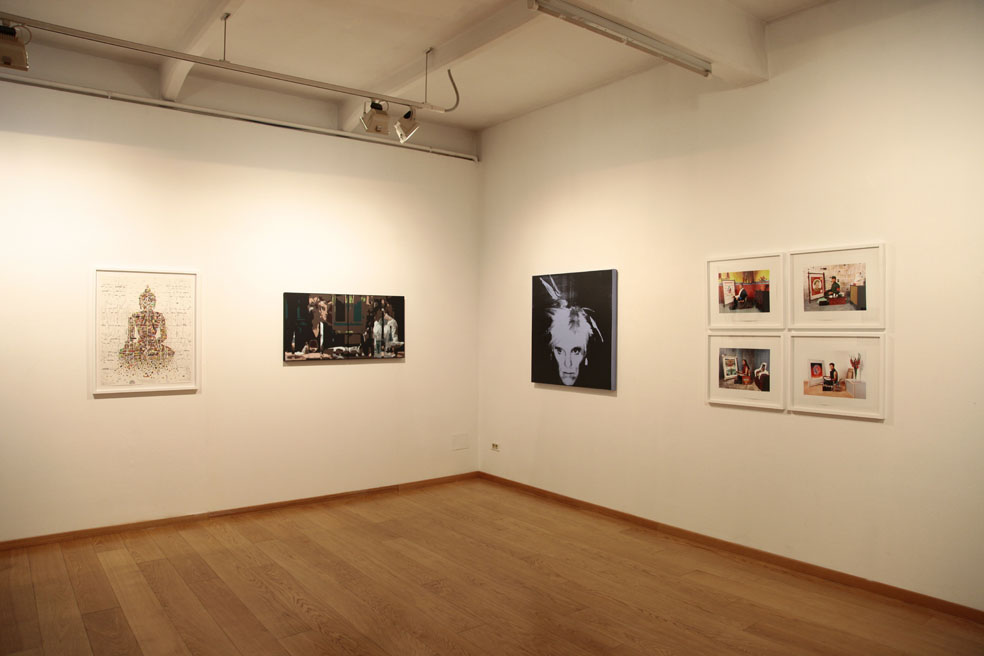
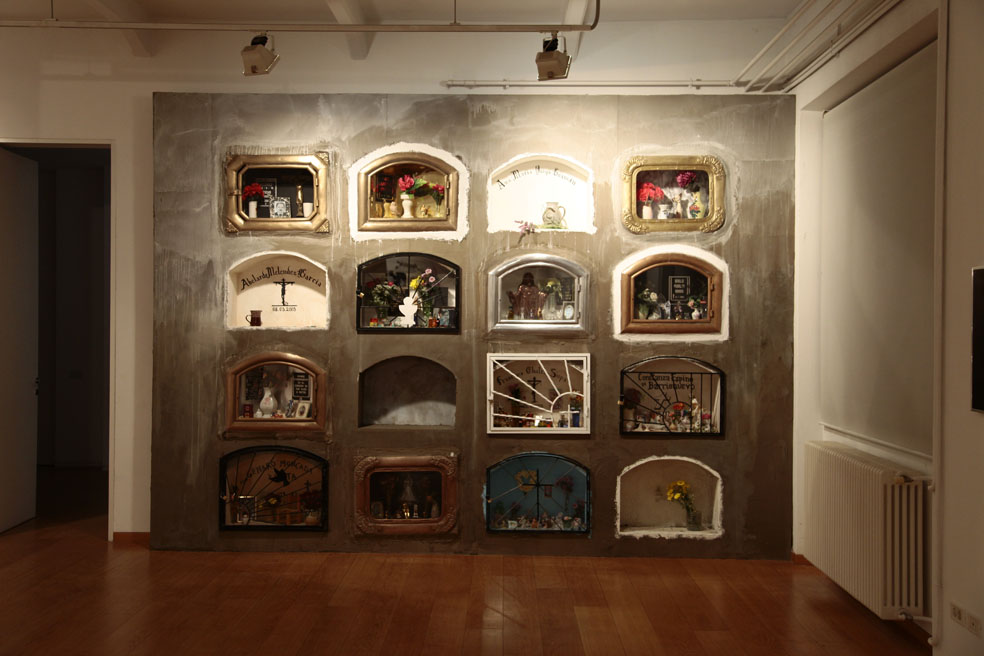
IDENTITY THEFT
Curated by James Putman and Louisa Elderton
OPENING: 15 DICEMBRE 2010
PERIODO: 16 DICEMBRE 2010 - 28 FEBBRAIO 2011
Mimmo Scognamiglio Artecontemporanea inaugura la mostra Identity Theft, curata da James Putnam.
Il furto di identità è diventato una paura molto attuale nella nostra società contemporanea a causa della pirateria informatica su internet e dell'uso fraudolento dei documenti finanziari scartati. coinvolge diverse tipologie di impersonificazioni e truffe che secondo i media sono molto comuni. come deterrente le persone sono incoraggiate a diventare più vigili, utilizzando il tritadocumenti, o a essere costantemente in guardia dalle email sospette. gli specialisti della sicurezza hanno anche proposto l'introduzione di una banca dati nazionale e di un sistema di identificazione che contenga dati personali biologici digitali, come la scansione dell'iride e le impronte dentali. ma l'idea di sostituire l'identità con tali dati fissi, precisi e infinitamente trasferibili non sembra essere una riflessione accurata su chi siamo veramente. in realtà non è letteralmente possibile 'rubare' l'identità di qualcuno dato che l'identità non ha un'esistenza fisica. l'identità riguarda diversi aspetti di un individuo - aspetto, carattere, personalità, sentimenti, intelligenza e comportamento.
Avendo scelto il termine furto d'identità come titolo, questa mostra presenta una selezione di artisti che indagano sui presupposti comuni dell'identità attraverso stereotipi, sesso ed etnia. esiste la tendenza di ritenere che l' identità sia un ideale fisso - qualcosa di molto specifico piuttosto che qualcosa di astratto, ambiguo e transitorio. e' forse significativo che la parola identità abbia una somiglianza con la parola 'identificare'. come parte del processo di comprensione, gli esseri umani sentono il bisogno di classificare, generalizzare e semplificare le sembianze delle altre persone e i tratti delle loro personalità - fissandoli in un'identità stabile e stabilizzante. questo può portare a stereotipi culturali in cui qualcuno proveniente da un particolare background etnico venga identificato con i suoi tratti culturali tradizionali, spesso interpretati inconsapevolmente con un'identità cliché. in alcune culture si ritiene che fotografare qualcuno non significhi soltanto rubare la sua identità ma anche la sua anima.
La 'formazione' dell'identità, include informazioni che sono geopolitiche, etniche, di classe, di genere, generazionali, istituzionali o personali. la mostra esplora quanto la realtà e quanto la finzione entrino in alcune rappresentazioni dell'identità; si potrebbe sostenere che tutti gli oggetti d'arte siano in relazione con l'identità, esplicitamente o implicitamente. alcuni artisti potrebbero farsi ritrarre con identità multiple che rappresentano stereotipi già esistenti. possono offuscare il vero attraverso la finzione e l'appropriazione dell'identità altrui - come quella di una celebrità - o diventare il loro alter ego, ma potrebbero anche copiare lo stile della firma di altri artisti o addirittura usurpare le loro opere. l'arte contribuisce a formare l'identità del suo creatore, l'oggetto e il pubblico. questa mostra si propone di esplorare l'interrelazione tra arte e identità inquadrata nel contesto delle forze socio-politiche e della critica storico-artistica che influenzano la produzione dell'arte visiva in un'epoca dominata dalla rapida globalizzazione della cultura.
ARTISTI IN MOSTRA: Alice Anderson | Sam Buxton | Jake & Dinos Chapman | Filippo Ciavoli | Tom Gallant | Stephane Graff | Jochem Hendricks | Sanam Khatibi | Gonkar Gyatso | Ximena Garrido-Lecca | Alastair Mackie | Whitney McVeigh | Sandra Setzkorn | Chiharu Shiota | Gavin Turk
OPENING: DECEMBER 15, 2010
PERIOD: DECEMBER 16, 2010 - FEBRUARY 28, 2011
Mimmo Scognamiglio Artecontemporanea opens the exhibition Identity Theft, curated by James Putnam.
Identity theft has become a very current fear in our contemporary society because of internet hacking and the fraudulent use of discarded financial documents. it involves different types of impersonations and scams that the media says are very common. As a deterrent, people are encouraged to become more vigilant, using document shredding, or to be constantly on the lookout for suspicious emails. security specialists have also proposed the introduction of a national database and identification system that contains personal biological digital data, such as iris scans and dental records. but the idea of replacing identity with such fixed, accurate, and infinitely transferable data does not seem to be an accurate reflection of who we really are. In fact, it is literally not possible to 'steal' someone's identity since identity does not have a physical existence.Identity is about different aspects of an individual-appearance, character, personality, feelings, intelligence, and behavior.
Having chosen the term identity theft as its title, this exhibition presents a selection of artists who investigate common assumptions about identity across stereotypes, gender, and ethnicity. There is a tendency to believe that 'identity is a fixed ideal--something very specific rather than something abstract, ambiguous, and transitory. it is perhaps significant that the word identity bears a resemblance to the word 'identify.' as part of the process of understanding, human beings feel the need to categorize, generalize, and simplify other people's appearances and personality traits--fixing them into a stable and stabilizing identity. This can lead to cultural stereotypes in which someone from a particular ethnic background is identified with his or her traditional cultural traits, often unconsciously interpreted with a clichéd identity. in some cultures, it is believed that to photograph someone is not only to steal his or her identity but also his or her soul.
The 'formation' of identity, includes information that is geopolitical, ethnic, class, gender, generational, institutional, or personal. the exhibition explores how much reality and how much fiction enters into some representations of identity; it could be argued that all art objects relate to identity, explicitly or implicitly. Some artists may have themselves portrayed with multiple identities that represent existing stereotypes. they may obfuscate the real through fiction and appropriation of someone else's identity-such as that of a celebrity-or become their alter ego, but they might also copy the signature style of other artists or even usurp their works. art contributes to shaping the identity of its creator, object, and audience. this exhibition aims to explore the interrelationship between art and identity framed in the context of socio-political forces and art-historical criticism that influence the production of visual art in an era dominated by the rapid globalization of culture.
ARTISTS ON DISPLAY: Alice Anderson | Sam Buxton | Jake & Dinos Chapman | Filippo Ciavoli | Tom Gallant | Stephane Graff | Jochem Hendricks | Sanam Khatibi | Gonkar Gyatso | Ximena Garrido-Lecca | Alastair Mackie | Whitney McVeigh | Sandra Setzkorn | Chiharu Shiota | Gavin Turk